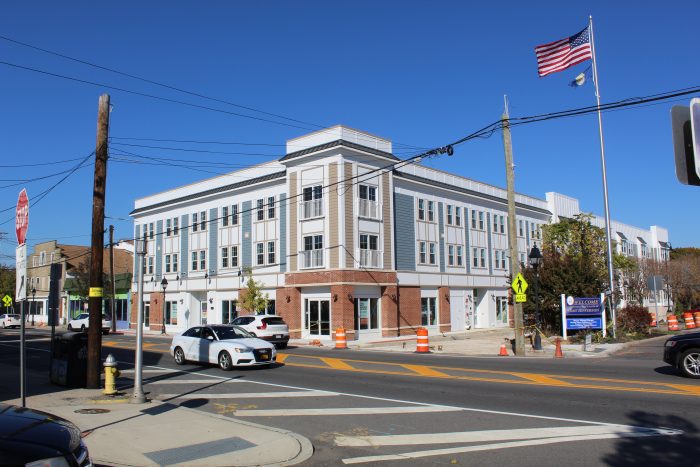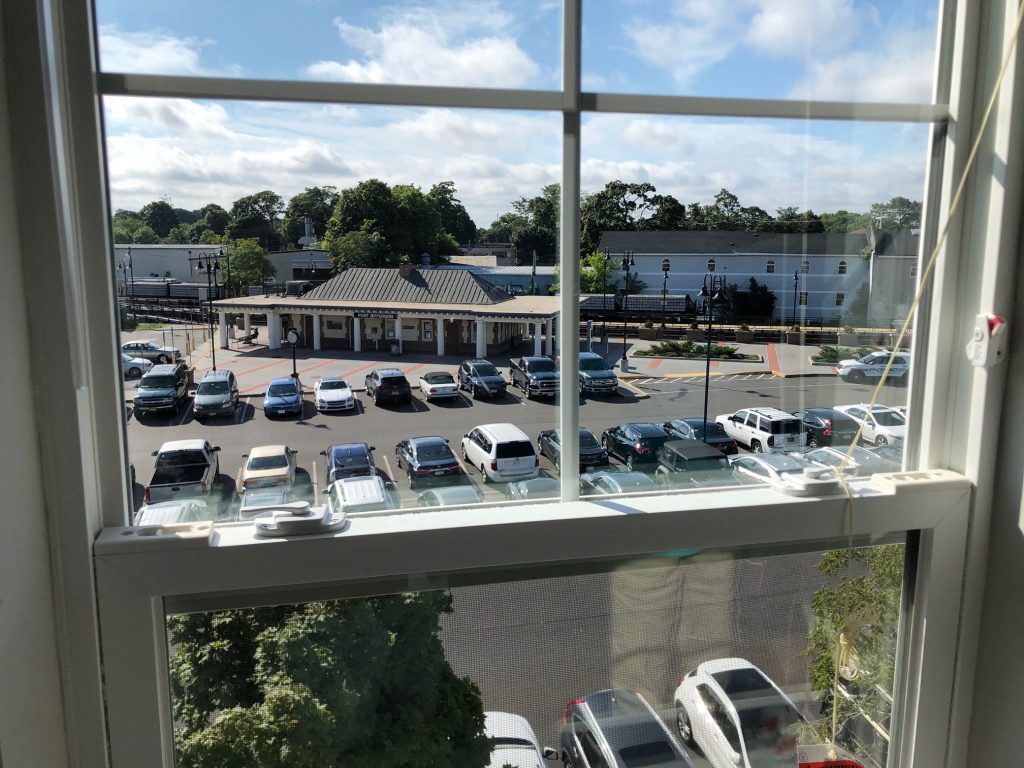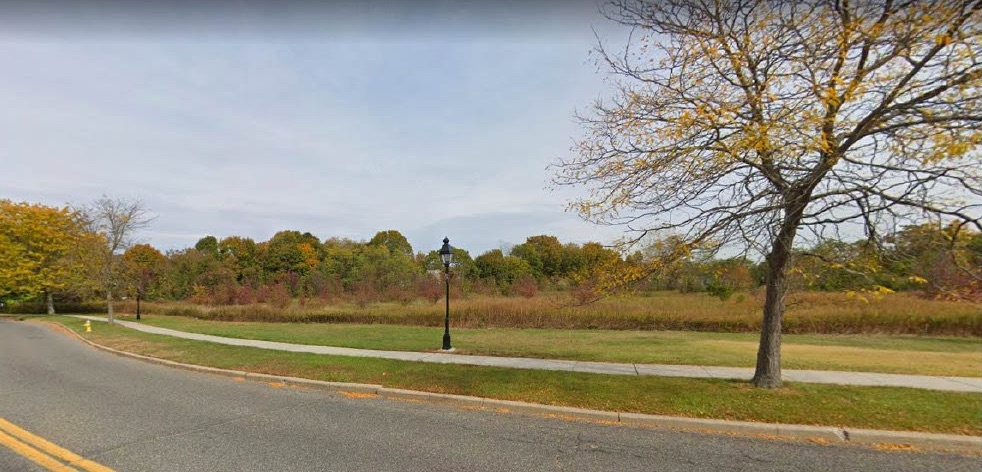The Port Jefferson Station/Terryville Civic Association is working through an executive transition process that has sparked criticism within the organization.
During an October general meeting, PJSTCA president Ed Garboski and vice president Sal Pitti announced they had each sold their homes. This announcement prompted internal discussion about transitioning the two highest posts.
Under PJSTCA bylaws, Garboski and Pitti were no longer members in good standing. In the same meeting, the body passed a resolution allowing Garboski and Pitti to stay on until the end of 2023.
With talks of transition underway, some members are butting heads with leaders and a clash of organizational vision has ensued. [See story, “PJS/T civic association announces big changes for community and civic,” The Port Times Record, Jan. 26, also TBR News Media website.]
Representing local interests
PJSTCA represents the residents of the 11776 zip code and Comsewogue School District. The civic coordinates frequently with various community and governmental entities.
Garboski regarded serving as president to be a serious time commitment. “People don’t realize the amount of time you put into this and the sacrifice you put into this,” he said. “It’s a lot of work.”
Pitti maintained that holding executive office requires a degree of tact and an ability to give and take throughout negotiations. “If your opinion is set before you enter any kind of negotiation or discussion … it’s a dead-end road,” he said. “Government officials are going to shut down. They’re not going to want to deal with you.”
Raising the stakes even higher, civic member Ira Costell described the numerous ongoing changes within the hamlet. “We in Port Jeff Station are facing a significant accumulation of development pressures that really are going to dictate the future face of our community,” he said, regarding the civic’s leaders as having “some significant opportunities to shape the face of our area.”
Joan Nickeson, a Terryville resident who has recently rejoined the civic and is involved in several other groups throughout the community, discussed the role the civic association plays in local decision-making.
“Unfortunately, the electeds have just a handful of groups that they can tap into to try to get a feel” of the public will, Nickeson said. “This civic association is small, but it’s the go-to place for a lot of the electeds.”
Town of Brookhaven Councilmember Jonathan Kornreich (D-Stony Brook), who represents Port Jeff Station/Terryville on the Town Board, supported this claim and indicated that his office coordinates closely with the civic.
“People from that civic association are people who know, collectively, every street, every store, every need of the community, as well as every challenge that they face,” Kornreich said. “In order for me to make land use decisions, I need to be able to consult with them closely and frequently, which I do.”
Gradual vs. swift succession
Two competing approaches have emerged amid the coming changes to the executive board and greater community. On the one hand, some seek urgency to allow for continuity of operation following Garboski and Pitti’s departures. On the other hand, the current leaders favor a gradual approach to give time to train their successors.
Garboski and Pitti’s original plan was one of incremental transition. They preferred holding a special election in the summer, allowing the incoming leaders to shadow them and gain relevant experience on the job.
“What I had called for originally was that we would have a special election around July or August so that we could get people that are interested,” Garboski said. “Those people, we would take under our wing and bring them up to speed on everything that’s going on.”
Pitti suggested this slower transition process could enable the incumbents to show the newcomers the ropes, instructing them on the delicate art of back-and-forth local deliberations.
Affirming the time it takes to learn these strategies, he suggested a rush to replace the current officers could be detrimental to the organization in the long run.
“Hopefully, if we have some members that are interested, we could slowly transition them into the position,” he said. “A lot of the things we do take time. But we manage to come to a compromise in that time that makes the majority of people happy.”
While Garboski and Pitti expressed willingness to stay on the executive board, Costell challenged whether this was the right course of action. With neither the president nor vice president in good standing, according to the bylaws, “it just didn’t seem a viable way to proceed,” Costell said.
He instead favored speeding up the process, which he said could generate interest in serving and incentivize possible successors to announce their candidacies sooner. “I just figured let’s start the ball rolling with this nominating process and see if anybody comes forward,” he said.
A nominating committee
The bylaws empower the president to appoint three to five members to serve on a nominating committee for executive board elections. On Tuesday, Jan. 24, the members voted to create a nominating committee, with prospective officers to be announced at the next meeting.
As Garboski organizes the nominating committee, Pitti offered that he hopes to see some candidates step forward who understand the stakes and are sensitive to the responsibilities of the position.
“I’m hoping we get somebody that’s looking to do the job and do it correctly,” he said. “That all comes down to who the membership votes for.”
The committee’s composition and the timeframe for a special election are still to be decided, according to Garboski. However, no member has declared his or her candidacy to date.
“Nobody’s saying they want the job, but they’re saying they want an election,” the civic president said. “Let’s see who gets nominated.”
Parting of the ways
Costell stated that his objections to Garboski and Pitti’s proposed transition are grounded in principles rather than personal considerations.
“I’m a stickler for principles above personality,” he said. “This has got nothing to do with Ed and Sal individually. They’re both fine gentlemen who have given good service to the community.”
But, he added, “It’s my belief that the principle is that we need to be represented by those members of the community who are likely to be ongoing and consistently present in the community and who can shepherd these projects through in the long term.”
Kornreich also complimented the outgoing leaders on their time serving the community. “I think that Sal and Ed’s leadership style has always been very inclusive,” he said.
Both Garboski and Pitti acknowledged the considerable efforts that go into representing the civic on the executive board. Given the time constraints, Garboski offered that his successor would have a tall task ahead.
“I said we would have a special election, that I said in October when we announced all of this,” Garboski said. “But if they want to have a regular election and get us out sooner, that’s fine.”
He reiterated, “I think we should have waited and had a special election later in the year, so we have time to get some good candidates for the job.”
Even so, Pitti expressed his desire to see the civic and community head along the right course.
“Am I a little discouraged that it’s ending like this?” he said. “Yes, because I thought we built a better camaraderie within the civic,” adding, “I just hope the community continues to move forward. As long as it’s moving in a positive direction, I’ll be happy.”



 “We celebrate a little bit differently, with more focus on the family gathering,” he said. Tang chronicled the two-year history of the temple. After its acquisition in 2020, he said the temple’s leadership has gradually expanded its activities.
“We celebrate a little bit differently, with more focus on the family gathering,” he said. Tang chronicled the two-year history of the temple. After its acquisition in 2020, he said the temple’s leadership has gradually expanded its activities. The new year event was not only a way to honor Vietnamese heritage and customs. Several prominent Buddhist clergy members celebrated and supported their Vietnamese peers. This forum served to promote Buddhist teachings.
The new year event was not only a way to honor Vietnamese heritage and customs. Several prominent Buddhist clergy members celebrated and supported their Vietnamese peers. This forum served to promote Buddhist teachings. “This technology is so helpful for us,” he said, adding, “We use it for our ‘dharma’ purpose: to teach others and learn from others, to discuss, and for many other things.”
“This technology is so helpful for us,” he said, adding, “We use it for our ‘dharma’ purpose: to teach others and learn from others, to discuss, and for many other things.”





















